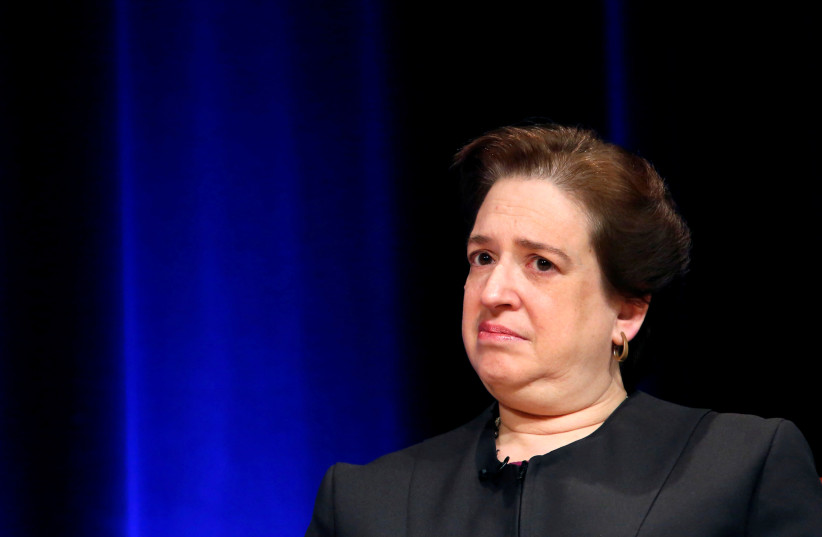The year 2022 altered US Supreme Court Justice Elena Kagan’s place on the court forever.
Until late 2020, she spent most of a decade as the junior most justice of the four-justice liberal wing.
She may now be the leader of the shrunken three-justice liberal wing.
Justice Ketanji Brown Jackson is new, and while Justice Sonia Sotomayor joined the court in 2009, one year before Kagan, it was Kagan who had been a solicitor general, which gave her a public megaphone and an opportunity to hone her comfort level when speaking out on issues.
In late July, shortly after the Supreme Court issued a series of rulings on abortion, climate change, voting rights and gun control – which are very unpopular with the country’s Democrats and some independents – Kagan let loose with an unusual public warning at a conference.
“If, over time, the court loses all connection with the public and with public sentiment, that is a dangerous thing for democracy… The court earns its legitimacy by the way it behaves.”
US Supreme Court Justice Elena Kagan
“If, over time, the court loses all connection with the public and with public sentiment, that is a dangerous thing for democracy… The court earns its legitimacy by the way it behaves,” she cautioned, not mincing words.

Kagan has also spoken in favor of limiting justices’ terms to 18 years, a major break with the judicial commitment to life tenure, likely reflecting her frustration with the court’s conservative majority.
Writing the dissent in the 2022 case in which the court limited the Environmental Protection Agency’s power to police pollution, she wrote scathingly, “It is EPA (that’s the Environmental Protection Agency, in case the majority forgot) acting to address the greatest environmental challenge of our time... The court appoints itself – instead of Congress or the expert agency – the decision-maker on climate policy. I cannot think of many things more frightening,” she concluded.
This is Kagan coming a long way from her preferred spot in which she occasionally would swing with now-retired Justice Stephen Breyer to support the conservative wing in certain cases – likely expecting some reciprocity.
It seems she has lost her optimism for deal-making with the conservative wing.
In 2017, she made headlines as the justice on the Supreme Court building’s cafeteria committee when she introduced a new frozen yogurt machine in the building, after she had complained about the cafeteria in public speeches. Kagan made headlines again, such as “it all starts in the kitchen,” when she dumped the cafeteria committee position onto then-rookie Justice Neil Gorsuch.
Her colorful side got major media coverage in her “Spider-Man” decision when she utilized Spider-Man terminology to spice up one of her decisions.
But Kagan’s biggest claim to fame as a Jewish judge is a rousing retelling of one of the first interactions between George Washington and the Jews of the US.
Quoting Moses Seixas of Newport, Rhode Island, who thanked Washington in 1790 with “a deep sense of gratitude” for the new American government, Kagan related Seixas’s statement that the US has “a government, which to bigotry gives no sanction, to persecution no assistance – but generously affording to all liberty of conscience, and immunities of citizenship: deeming every one, of whatever nation, tongue or language, equal parts of the great governmental machine.”
It was in response to a 5-4 dissent against a decision that allowed a primarily Christian town to hold prayers at the start of its meetings. With that quote, she related the meaning of the separation of church and state, and the government’s responsibility not to show a preference for a specific religion.
